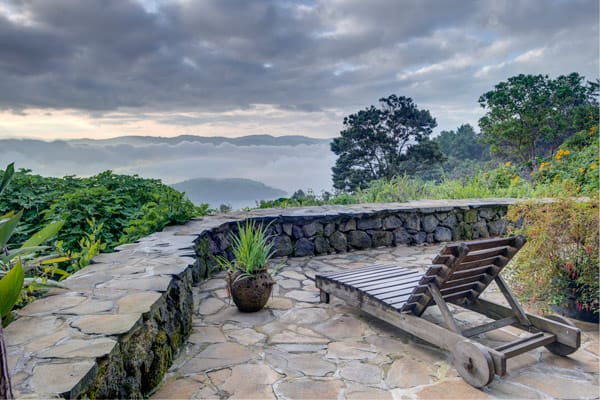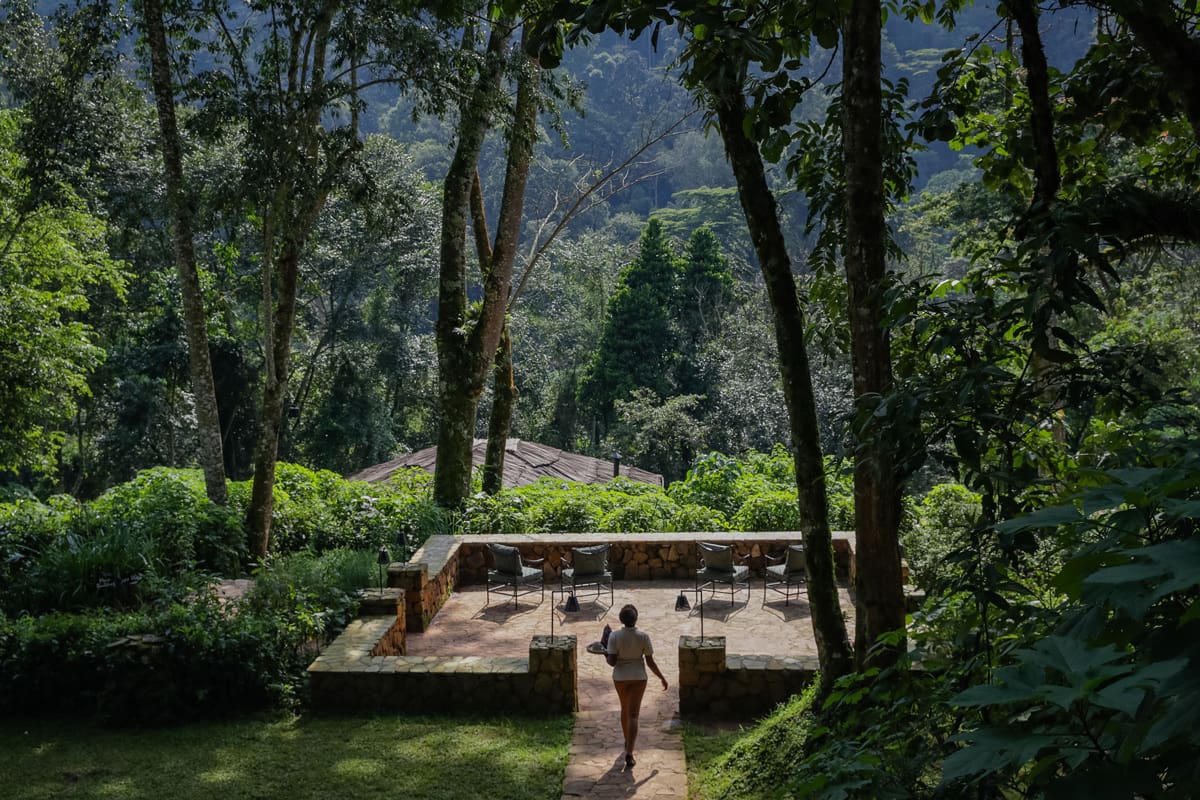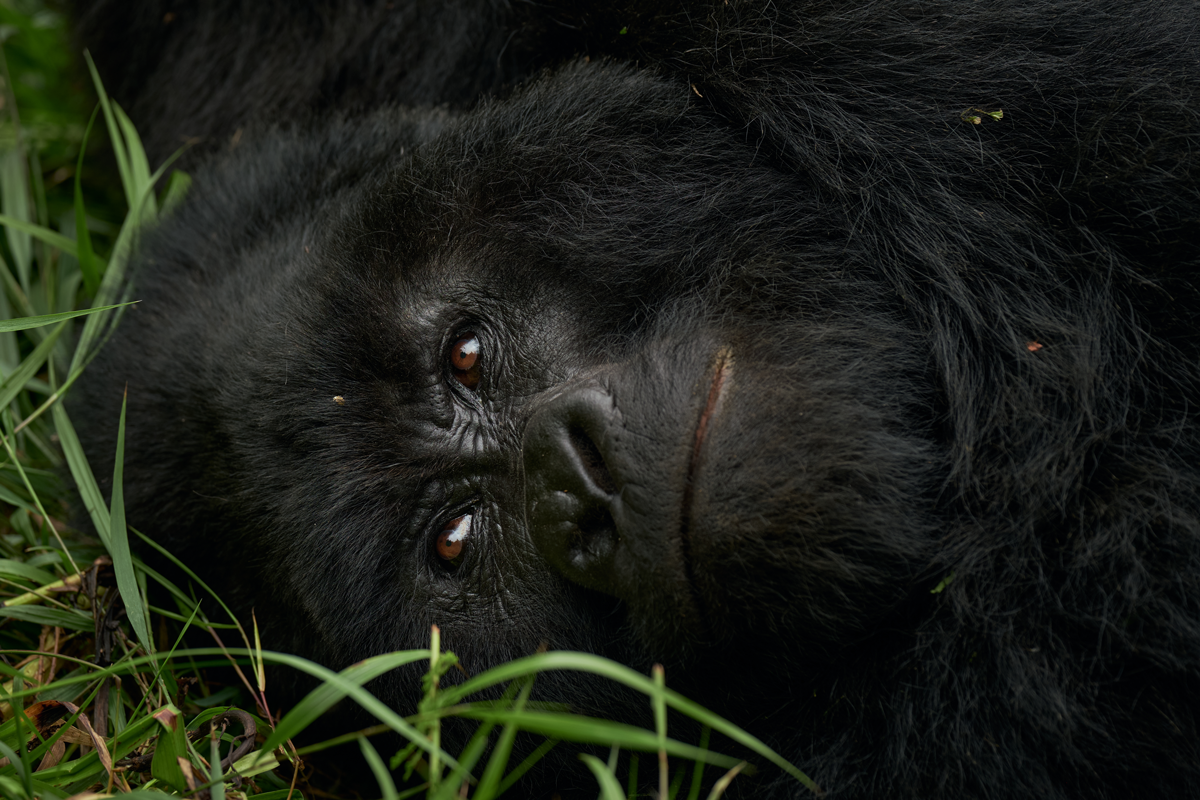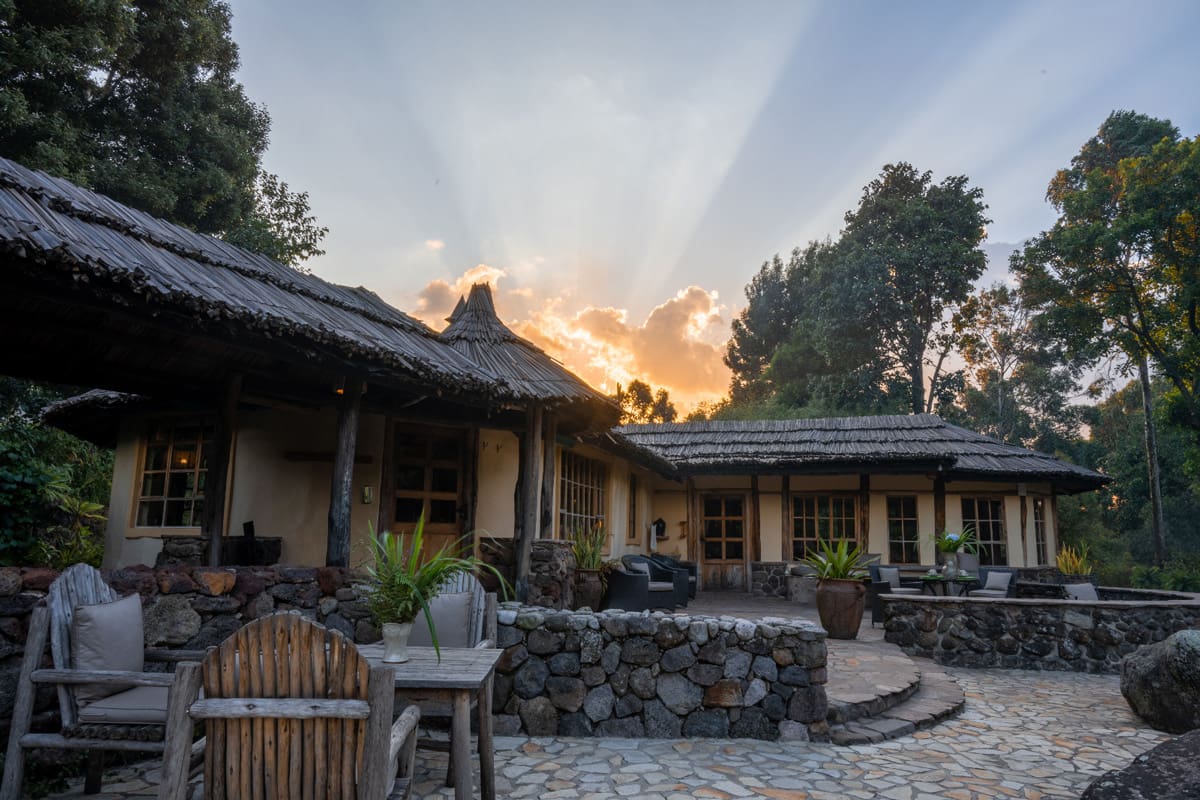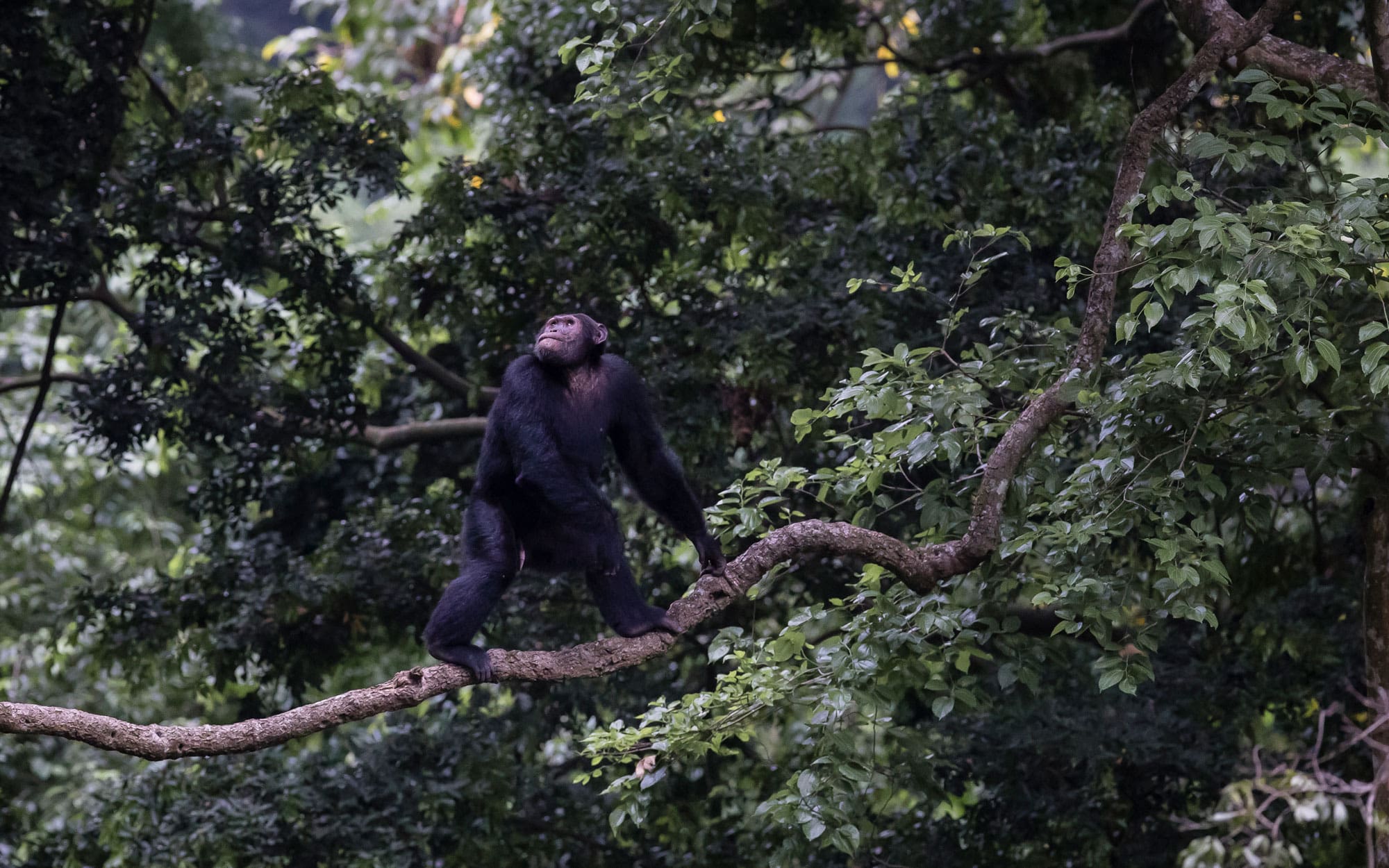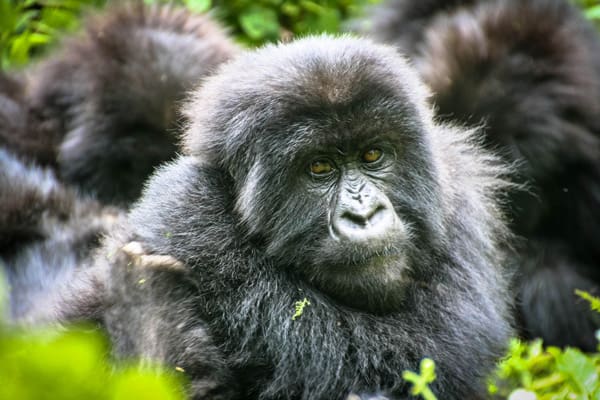
Marking 50 years since dedicated conservation efforts began to save Africa's mountain gorillas, there is no better time to pay these majestic creatures a visit than now.
Perhaps it's because we share 95% of our DNA with them. Or maybe it's due to there being fewer than 1,000 in existence. Whatever the reasons, an encounter with mountain gorillas in their natural habitat is one of the most-lusted after wildlife experiences in the world.
In fact, there are only around 880 of these majestic animlas alive: half the population is scattered across the Virunga range of volcanic mountains along the borders of Uganda, Rwanda and the Democratice Republic of Congo (DRC), and the rest are loacted deep within the Bwindi Impenetrable Forest in south western Uganda.
The question though, isn't where to see them; it's who to experince them with. Conservationists and businessman Praveen Moman was the first to introduce gorilla tourism in the area 20 years ago with Volcanoes Safaris. Now with four luxury lodges in its porfolie - three in Uganda and one in Rwanda - they are strageically placed to arrange the perfect itineray that will highlight the diversity of the region and showcase the company's efforts to fund local communities and safeguard the feldgling gorilla population.
Against this moral backdrop - and assuming you have the time the best way to get the full experience is to set off in the back of rickety vintage Land Rover from Kigali, the orderly and impeccable-run capital city of Rwanda. As you meander north past brightly dressed women and locals chewing on chunky stalks of sugarcane, the emerging abundant landscape and fresh mountain breeze is an intoxicating precursor for the heart-stopping, cinematic scenes of looming volcanoes and mist-cloaked lakes at Virunga Lodge.
One of the three Volcanoes Safaris lodges from where to track the gorillas, the Virunga team works with park officials to navigate the complex regulations and ensure a seamless guest experience. Due, in part, to the region's commitment to sustainability, strict guidelines include securing one of the 80 permits authorized per day - which has just doubles price to US$ 1,500 for Rwanda that allows tourists over the age of 15 a single visit of just one hour with a gorilla family a magical yet fleeting experience.
Fitness levels need to be adequate. The journey, which can take between one and eight hours depending on the location of the family you are tracking, starts at the base of the mountain and continues on foot deep into the dense jungle, through glutinous, ankle-deep mud. The sharp incline, rising to around 3,000 meters above seas level will leave you breathless, but that moment, as you reach clearing catch sight of your first gorilla, will simply take your breath away.
The gorillas- far from tame- have been habituated and accustomed to humans. This roughly translates to about being able to openly observe them as they calmly go about their business, munching on the vegetation, climbing through the tress or ambling through the thicket, young ones in tow. And while there is a 7 - meter rule, the very inquisitive nature of these vulnerable giants means they are not averse to a staring match or to surprising you from behind as they move past you.
Over the border in Uganda, the bureaucratic procedure for gorilla tracking is roughly the same - bar the cost of the permit which is substantially lower at US$ 450. But the ecosystem in the Bwindi Impenetrable Forest provides a completely different experience. Located on the border of the DRC, the 331 square-kilometre UNESCO World Heritage site is as unyielding as its name suggest, with the compact jungle vegetation only navigable by way of machete-wielding guides who expertly hack at the dense shrubs and twisting vines to allow you glimpse of the gorilla as they move around the undergrowth, shifting in and our of view.
The diversity of Uganda's landscape means you can make the most of your gorilla expedition with the added bonus of a complete African wildlife adventure. As you progress further north, the jungle scenery transforms into the rolling Savannah grasslands of the Queen Elizabeth National Park, where tree lions, leopards and herds of elephant can be spotted alongside a variety of antelope and bird species. To the far eastern corner of the park, meanwhile, primate tracking can be resumed within the depths of Kyambura Gorge, a one-kilometer long ravine that is home to a group of habituated chimpanzees, whose violent and often brutal bahaviour highlights the contrasting tranquility of the gorillas.
This year marks an outstanding milestone in wildlife conservation, with 50 years of dedication to saving Africa's ,mountain gorillas, Led by late zoologist Dian Fossey and her Karisoke Research Center inRwanda, theses majestic and noble creatures, once at risk to extinction, are now happily increasing in numbers. With only a few habituated groups, it goes without saying that without responsible tourism, the gorillas would not have survived. So what better time to pay them a visit than now?
By Lauren Ho
